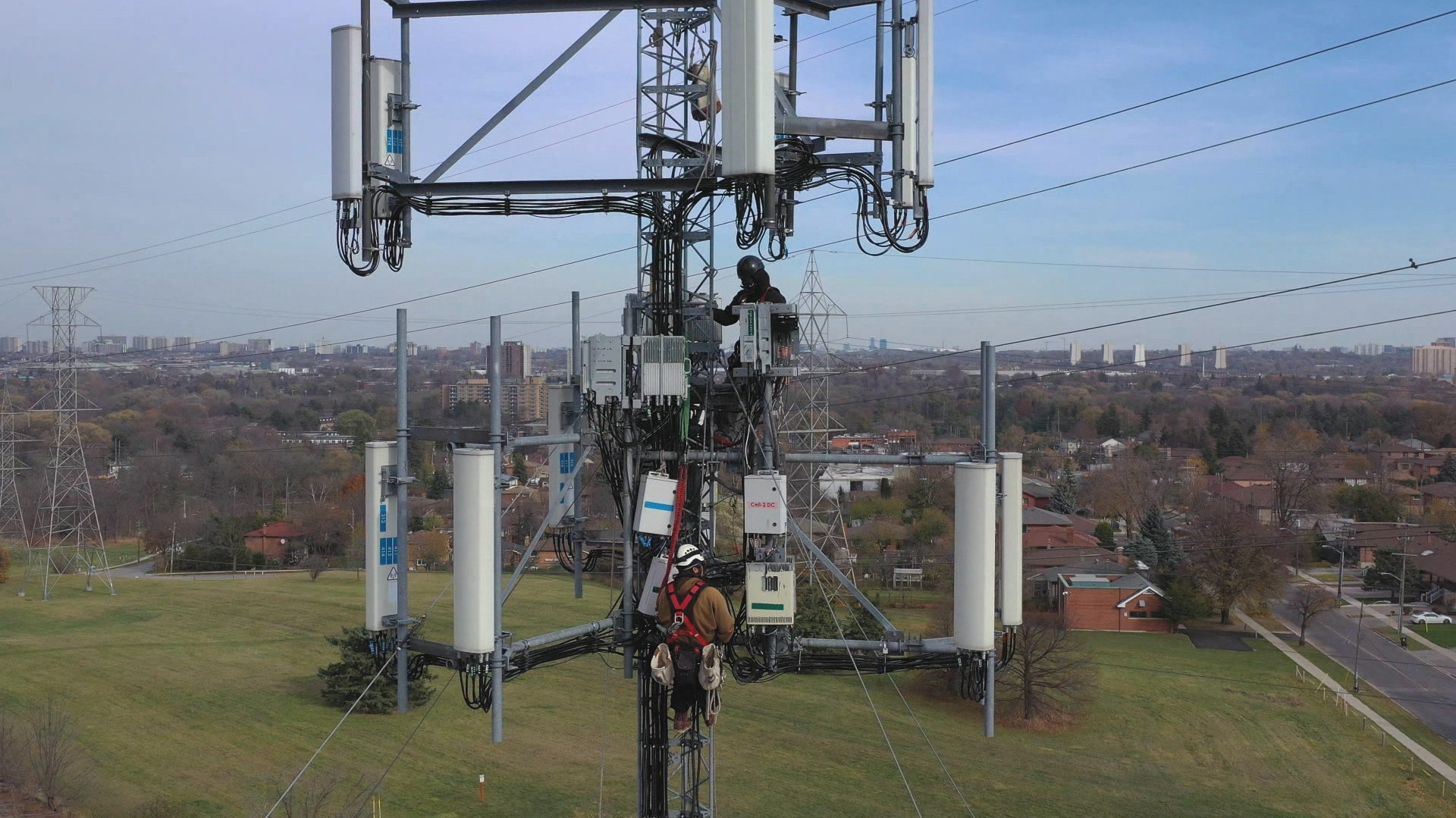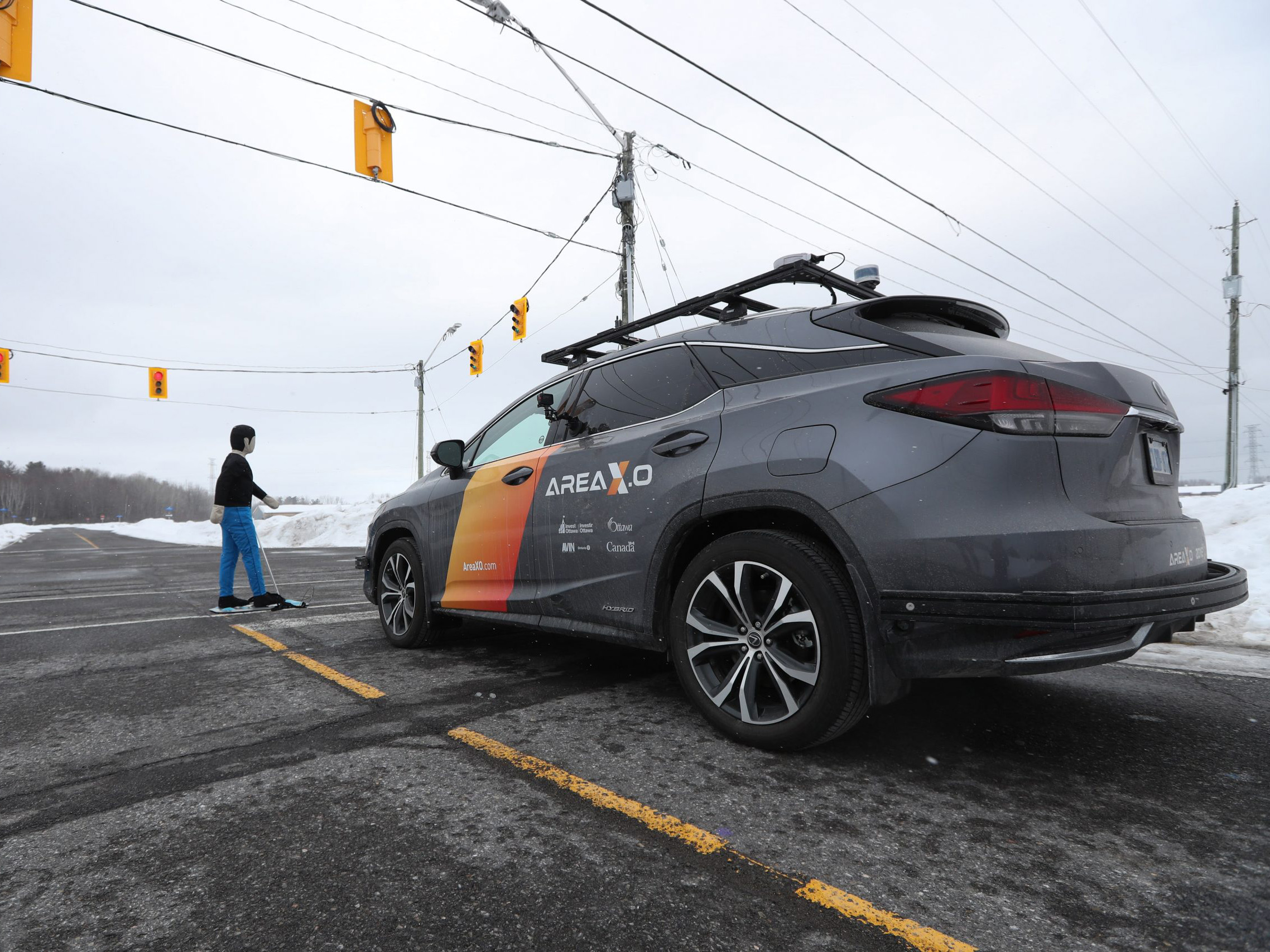
We’re in the early stages of 5G, the fifth generation of mobile network technology. In Canada, the 5G deployment is slowly but surely expanding to reach new users. Although the technology is still in its infancy, there are new innovations taking advantage of 5G every day.
While network technology seen in 3G or 4G LTE was primarily designated for mobile devices and smartphones, more segments in tech are utilizing 5G. For a smartphone, 5G’s lower latency and increased performance look promising. However, it doesn’t stop there.
Here are five innovative ways 5G technology is being used in Canada:
Gaming
Although mobile gaming really kicked off during the 4G LTE generation, 5G offers many benefits to gaming, including increased access and even deeper immersion. Carriers have already begun discussing plans to utilize 3500MHz spectrum in Canada. This could theoretically decrease latency by nearly 10x once fully implemented. Therefore, as online and cloud gaming initiatives from companies like Google, Nvidia and Microsoft ramp up, players may gain access to a better mobile gaming experience. Reducing the latency can decrease render and response times to a matter of milliseconds. Reduced lag and increased reliability are among the key benefits 5G can offer.

On top of that, 5G is being used to elevate virtual reality (VR) and augmented reality (AR) experiences. With decreased latency and more bandwidth, developers will be able to create more immersive experiences. Using 5G, graphics rendering via the cloud versus a mobile device can become more of a reality and standard. This can help cut down on demanding hardware on the user end without a direct loss in quality. VR and AR experiences could become more accessible to users as well through these initiatives.
Drones
Drone tech sees constant innovation, and 5G will continue to push the tech forward. Drone autonomy is becoming a more realistic possibility thanks to 5G’s capabilities. Additionally, 5G networking can enable better scanning and detection. Drones may be able to better detect buildings or obstructions while en route. London, Ontario’s Western University is already testing new ways of controlling drones through the use of a base station and AI.
When programmed accordingly, drones could offer the autonomous delivery of products to your home. In theory, delivery via drones could be faster and more efficient than cars. With the connective capabilities offered by 5G, an autonomous drone fleet could be used in a search and rescue effort.
Smart Homes
5G is enabling a future where smart homes can become a part of “smart communities.” As smart home innovations continue to provide new ways to interact with our home through a smartphone, 5G can expand that to a broader network. For example, someone returning home to their condo might have, the parking garage security camera read their license plate and let them in, increasing security. Moreover, the same system could theoretically turn the lights on in the person’s condo while setting their desired temperature. At the same time, the system may automatically call the building’s elevator for the person. This greater connectivity can be realized through 5G advancements.
The University Health Network (UHN) is also looking into ways 5G’s connectivity can help people with needs live a more independent life. The public research network is testing new innovations in monitoring. For example, a smart shirt that’s being tested can read a subject’s ECG, heart rate, and whether they had a fall. These readings are connected to a smart home monitoring system through the use of 5G and can be shared with family.
Autonomous Vehicles
It’s likely you’ve noticed that vehicle autonomy is becoming more and more popular. 5G is central to this becoming a larger part of our future. As automotive companies continue to test autonomy, 5G is an essential tool. For instance, the Area X.O facility in Ottawa tests various weather conditions and perception technology with its autonomous vehicle.

Image credit: Area X.O
Using 5G and its low latency, autonomous vehicles are able to react quickly. Within milliseconds, vehicles can communicate and respond to their infrastructure in the event of a hazard or obstruction. When fully realized, 5G’s latency may be quicker than a human’s reaction on the road. This could lead to safer roads down the line. As more self-driving vehicles are available on the road, they may act as a network, creating a better traffic flow between lights and highways.
Regulations on self-driving vehicles are still changing and evolving. Perhaps as 5G’s integration serves as a proven success, conditions will change over the coming years.
Retail
Finally, as an extension of vehicle autonomy, retail will see benefits of 5G as well. As self-driving vehicles become more accessible, retail distribution chains can begin utilizing this technology. While autonomous distribution is already being used, 5G can provide increased benefits.
Whereas human drivers need breaks, retail distribution chains can lean on autonomy for products to be shipped as needed without disruptions or other hiccups. Having a fleet of self-driving trucks can help maintain steady supply deliveries, keeping products on store shelves for the consumer. Additionally, the benefits retailers may receive touch on the aforementioned note of drone autonomy. Drones could be used to fulfill orders using 5G.
These are just a few core examples of how tech companies can use 5G to improve experiences and devices around us. That said, it will still be a few years until 5G is fully realized in Canada. Though, as developers and creatives are able to become more comfortable working within a 5G space, the more innovations we’re likely to see.
This article is part of our The Future with 5G Series. A full-length documentary on 5G airs on BBC Earth Canada and MobileSyrup on August 26th. For more 5G content, check out our new hub focused on the next-generation technology.
 This story is sponsored by Bell. MobileSyrup publishes sponsored posts. These partnerships do not influence our editorial content.
This story is sponsored by Bell. MobileSyrup publishes sponsored posts. These partnerships do not influence our editorial content.
Image credit: Bell
MobileSyrup may earn a commission from purchases made via our links, which helps fund the journalism we provide free on our website. These links do not influence our editorial content. Support us here.


